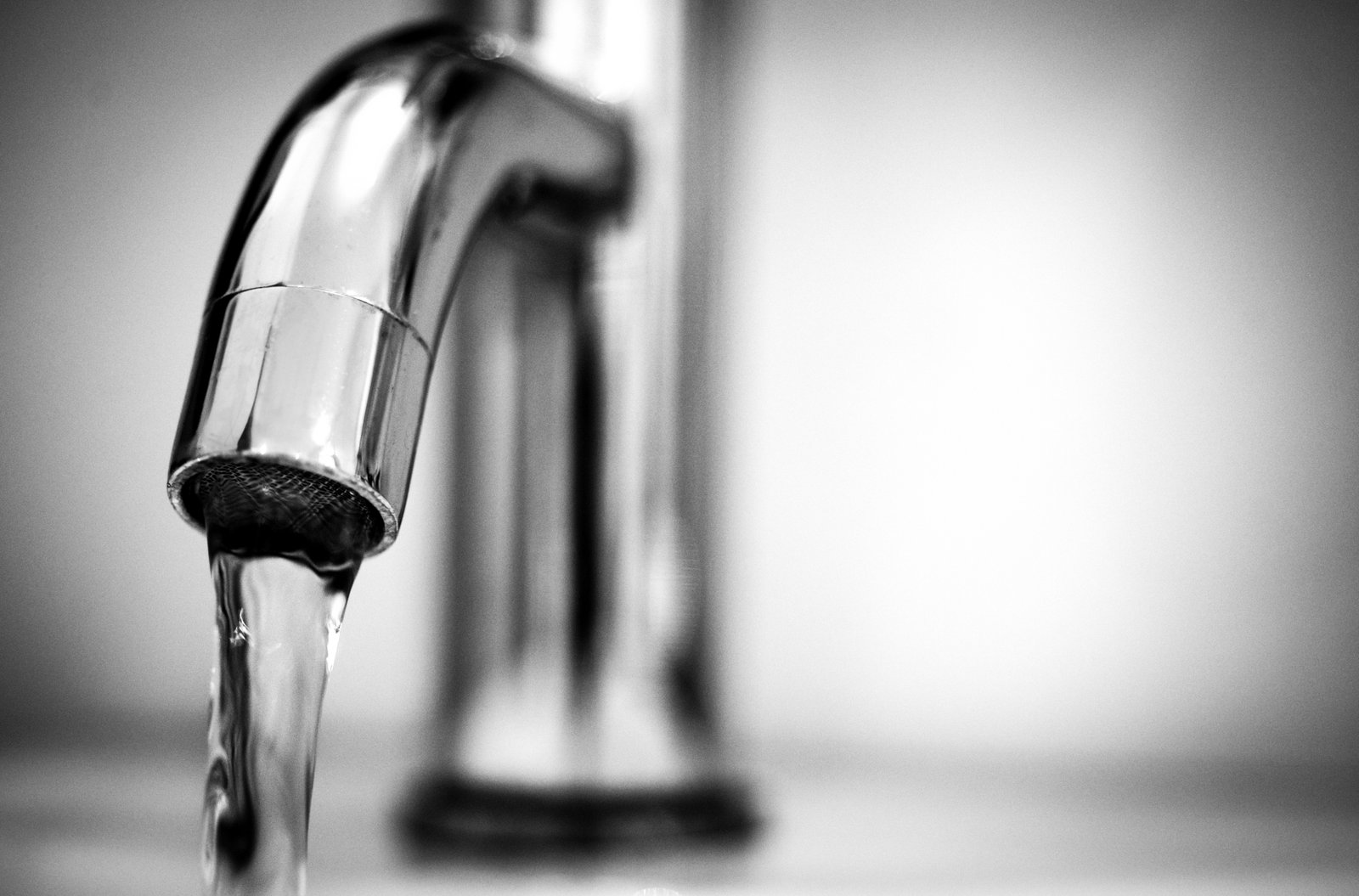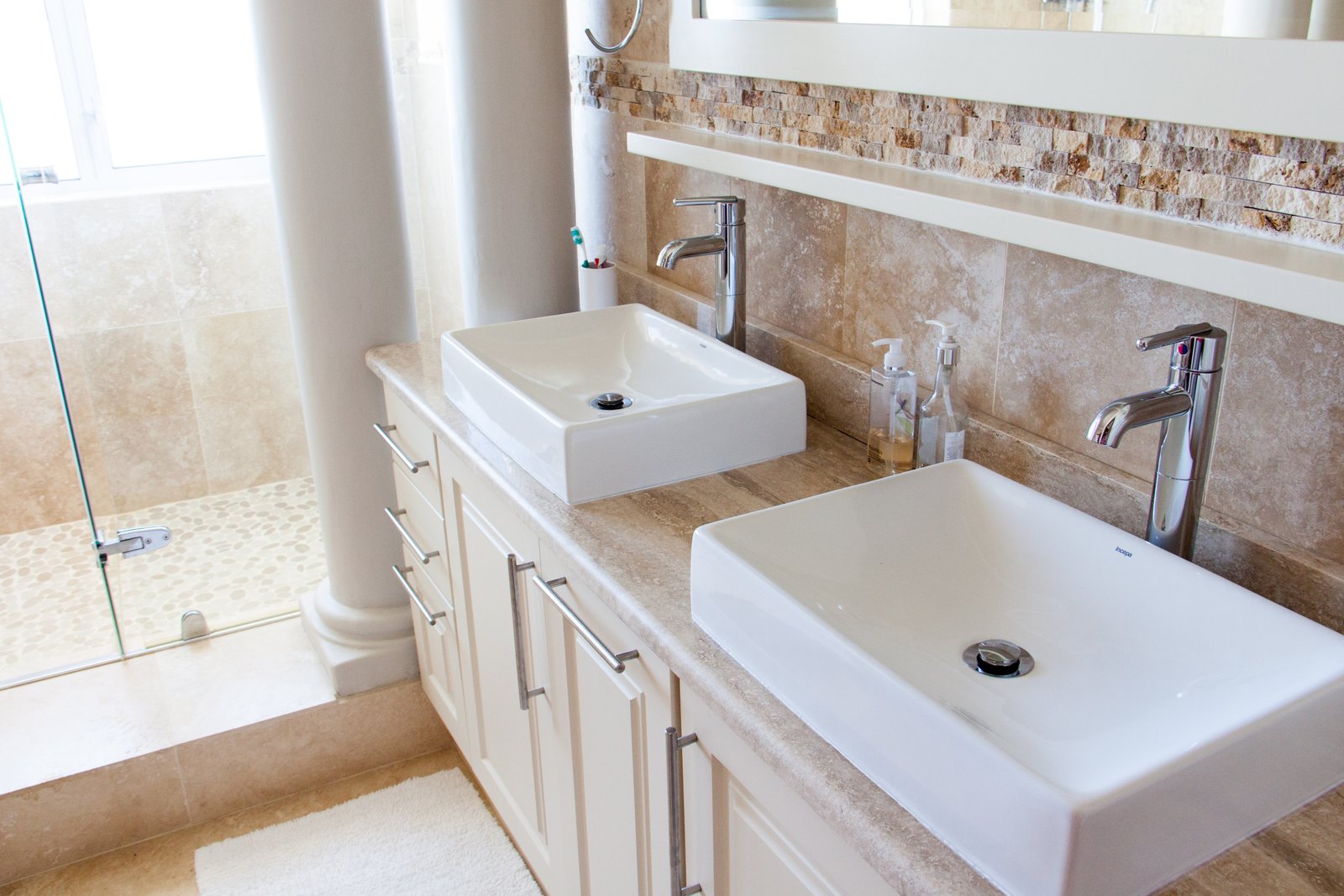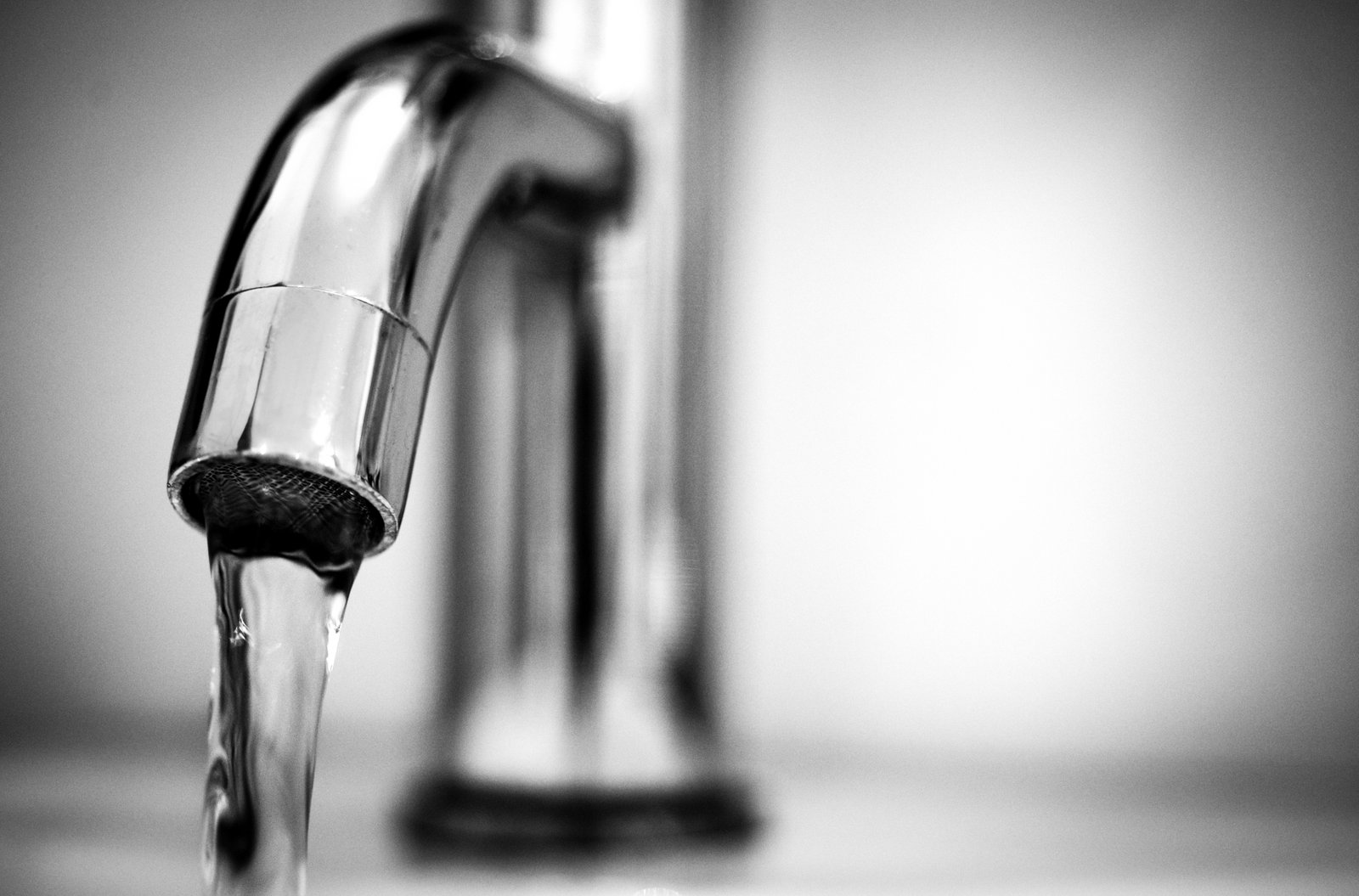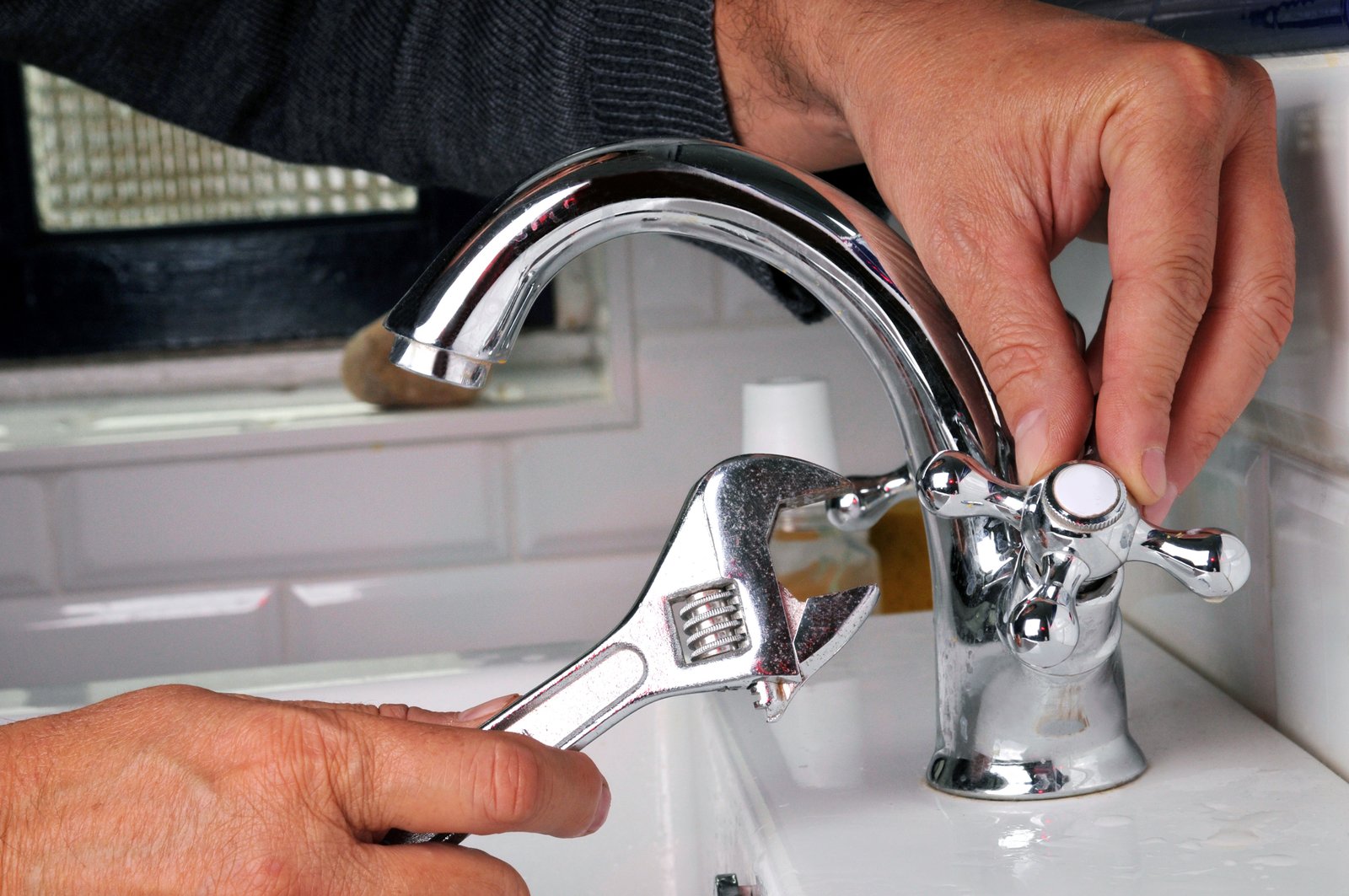Public Health Engineering
A plumbing system serves two purposes: to supply water for human use, and to get rid of human wastes. It consists of a store of water that is delivered to various outlets via a distribution system.
Traditionally, the underground tank is connected to an overhead tank via a pump and a supply line; the water flows from there to any tap or outlet by gravity. The height of the water column above the outlet, known as head, supplies the required pressure in the outlet. The overhead tank can be eliminated, however, by the use of a pump that pumps the water directly from the underground tank to all outlets. Such a pump should be able to continuously supply the line with pressure, so that whenever one opens a tap, water gushes out.
Such pumps are available these days; they are called hydro-pneumatic systems. They consist of a smallish steel tank, divided into two compartments by a rubber membrane. One contains water, the other air. A pump periodically switches on and pumps water into the wet side; this causes the membrane to expand, and compresses the trapped air on the other side. The water on the wet side is thus under pressure; it is connected to the water supply line, which in turn gets pressurized. Whenever someone opens a tap, water flows out, and the pressure in the hydro-pneumatic tank drops, which causes the pump to be switched on again, thereby maintaining pressure in the line while supplying the required quantity of water to the outlets.
Such systems have several advantages. One, they eliminate the need for heavy water tanks on the tops of buildings. Two, one can design them to supply water at any pressure one desires, unlike a traditional system, where the pressure is determined only by the height difference (or head) between the tank and the outlet, and where people on the top floors get low pressure and people on the ground very high pressure. Three, in theory, they consume less energy than a traditional system, because if one has an overhead tank, even the water that goes to the person on the ground or first floor has to first be pumped up say ten stories high before coming back down. However a hydro-pneumatic system has a disadvantage: no power, no water.
Therefore, if the power supply is good and backup power is available, use a hydro-pneumatic system, else provide overhead tanks.
Pumps may be of submersible or open type. Submersible pumps are placed inside the water tank (at the bottom) and require little maintenance. Either type of pump may be used in traditional or hydro-pneumatic systems.
There are a range of choices for the distribution network of pipes; GI, CPVC (chlorinated PVC), HDPE (high-density polyethylene), and copper. These days plastic (CPVC, HDPE) pipes are preferred to others because they do not rust, are light and easy to install, and inexpensive.
In a very tall building, floors should be divided into zones of perhaps 15-20 floors. Each of these will have its own pumping system. This serves to eliminate the very high pressures that result from high water heads, and also reduces pipe and pump sizes. Remember that centralized hot water boilers are placed at the bottom as hot water rises by itself.
The other aspect of plumbing is drainage, which is of two types. Waste water is from showers, basins, kitchen sinks, washing machines, and the like. This is also called greywater. Soil water or sewage is from WCs and urinals. This is also called blackwater. Normally a minimum of 110mm dia pipes are used for soil water and 75mm for waste water.




